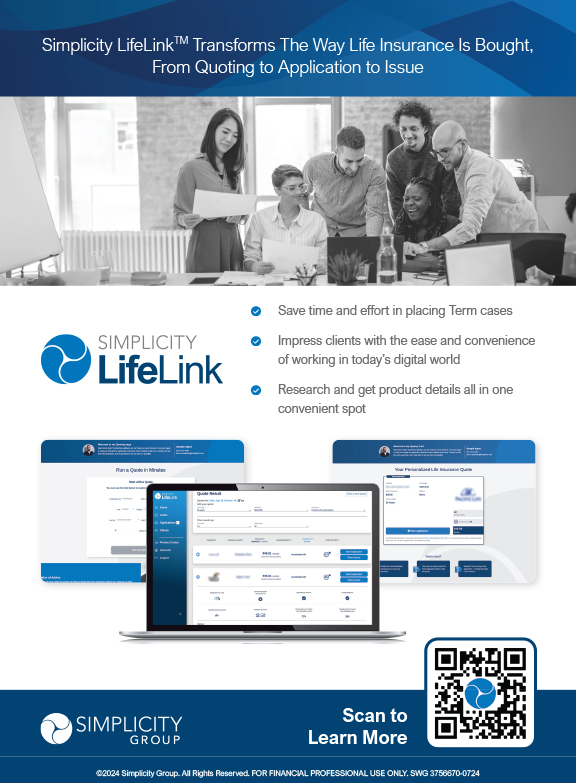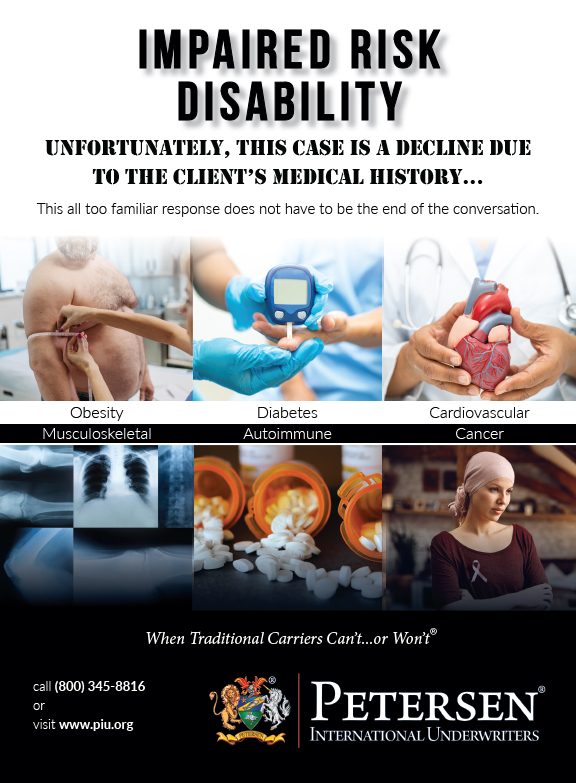I have made every effort to illuminate and definitively explain the basic math involved in the long term care conundrum. And yet I find myself beginning every conversation with another synopsis of the patently obvious truth.
The chances are above average that everyone will participate as a statistic in the great caregiving debate. The problem is unbelievably expensive. The potential damage to a financial plan is enormous. What part of the need to plan ahead remains beyond comprehension?
Long term care is, of course, not the only health risk and certainly not the only risk at retirement. In many ways today’s retirement prospects represent the proverbial perfect storm. Early retirement may not be voluntary. Most are destined to live a long life. Inflation in the economy may yet return with a vengeance and does seem to remain steady in terms of health care expenses. Retirement is later and further over the horizon.
A recent worker survey reported that 4 out of 10 workers would retire after age 65. We still have a massive national educational project in front of us. Too many still remain unaware of the lack of coverage provided by government programs or that employer-sponsored medical plans do not include chronic illness protection. The only real planning variable that changes at retirement is health care cost and health care risk.
There are two massive problems for which everyone must be prepared: health care cost and long term care cost. I cannot make it any simpler than two plus two equals four.
The estimated out-of-pocket health care costs over a 20-year retirement is $250,000. Medicare pays for only about 50 percent of health care expenses. Early in a planning process, establishing a basic estimate of potential health care costs is profoundly important. The critical factors are age, gender, existing health problems, lifestyle, health history and family history. Obviously adverse information in any of these areas can dramatically influence cost.
Long term care cost also averages in excess of $200,000, regardless of how you approach the statistics. Therefore, the potential anticipated expense for all health care costs—acute, sub-acute and custodial—is in excess of $400,000 for those reaching age 65.
Just show me the money! Otherwise some basic planning needs to take place. Do not forget the obvious: Women are different. They are twice as likely to file a claim. They are the majority of nursing home and assisted living patients. They will be on claim longer than men. They are twice as likely to have an extended claim.
And never forget that unpaid care is not free.
In 2009 there were 42 million family caregivers. The potential average cost was $115,000 in lost wages, $137,980 in lost SSI benefits and $50,000 in lost pension benefits. How inevitable and self-evident does the math need to be when 20 percent of the U.S. population will be 65-plus in 2030?
A number of long term care planning issues also need to be a basic component of the risk assessment process. Clients need to be asked questions:
What quality of care do they desire, as well as the geographic location of this anticipated care? What is the client’s specific need and interest to protect assets/income?
What is their level of concern to protect their partner’s health and lifestyle?
What is their strength of conviction about avoiding family dependency?
What is their commitment to maintaining a legacy for children and grandchildren?
I suppose I am doomed to remain a broken record, but explaining logical math really doesn’t take that long—even if the lesson must be presented in a remedial format!
The risk is real. The cost is enormous. The answer is clear. How can anyone of sound mind and financial substance ignore the basics?
Other than that, I have no opinion on the subject.


























